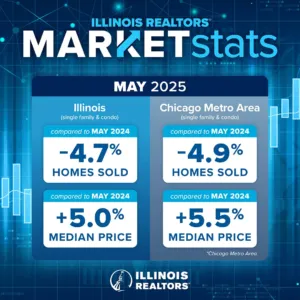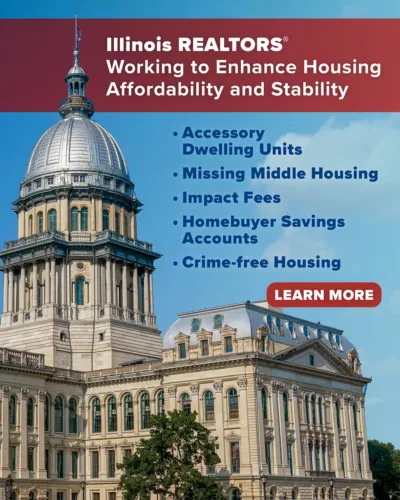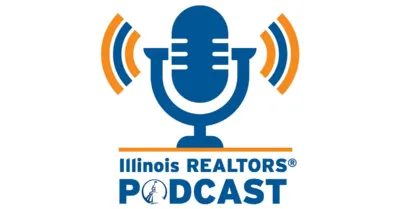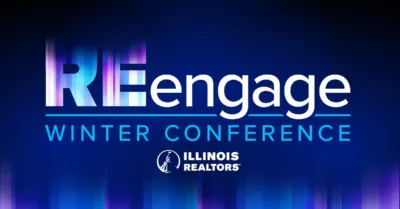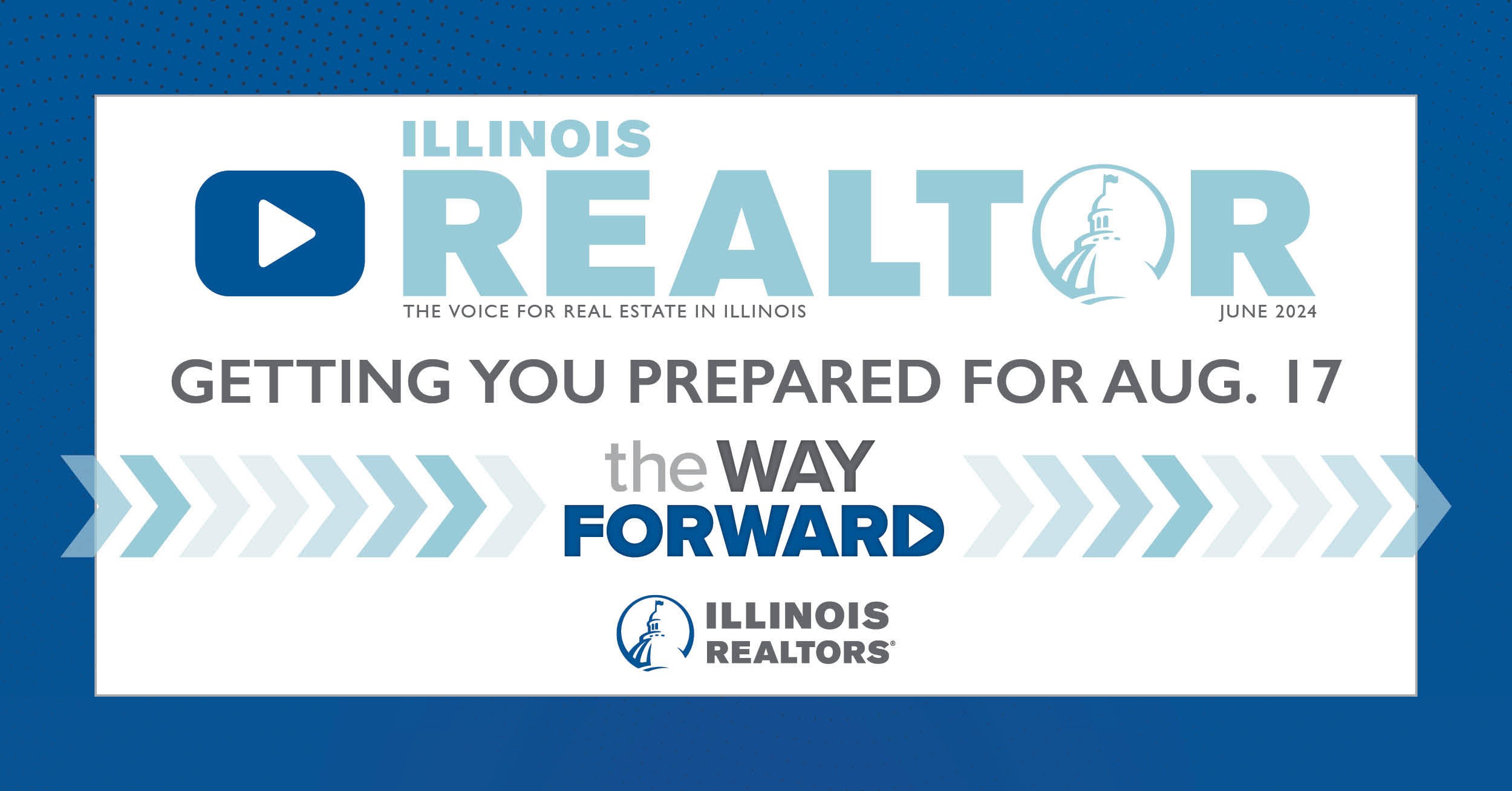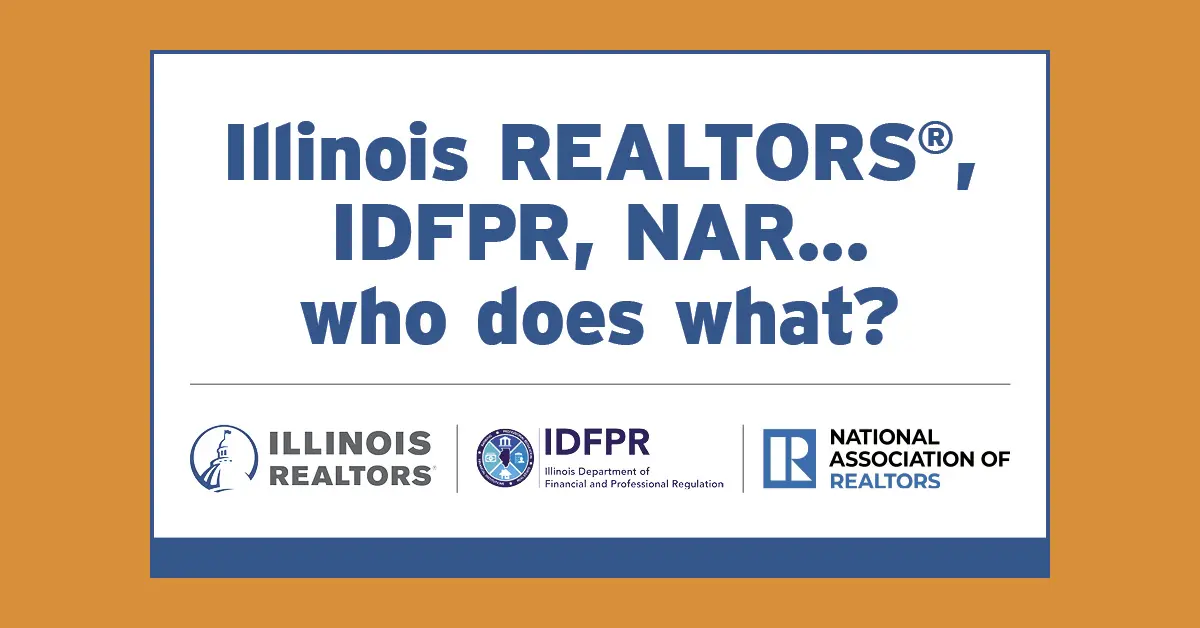How REALTORS® are thinking beyond the basic “three bed/two bath, two-car garage” property descriptions and using creative content and storytelling to show what makes their listings unique.
Each house can have a story to tell and Julie Bielfeldt, a broker with Keller Williams Premier Realty in Peoria, is one Illinois REALTOR® who looks beyond the traditional listing description.
Inspired by Vogue’s “73 Questions Answered by Your Favorite Celebs” article format, where interviewees are asked to answer a series of rapid-fire questions, Bielfeldt decided to truncate the approach when listing a home once owned by Murray Baker, who is responsible for bringing the Caterpillar plant to Peoria.
About 11 minutes in length, “37 Qs at the Mansion on Moss,” features an interview with the current homeowner who talks about how long she’s lived there (53 years), the best aspect of certain rooms (e.g., “beautiful cross breezes when enjoying a coffee on the terrace”), and whether she found any treasures in the home (a travel trunk owned by Baker).
“The home is basically my celebrity, with the owner walking me through all of the property’s best features,” says Bielfeldt, who is now working on another 37-questions video for another listing. “I think I’ve started a series here.”
“It’s about going beyond the statistics,” she says, “and getting the word out in interesting ways.”
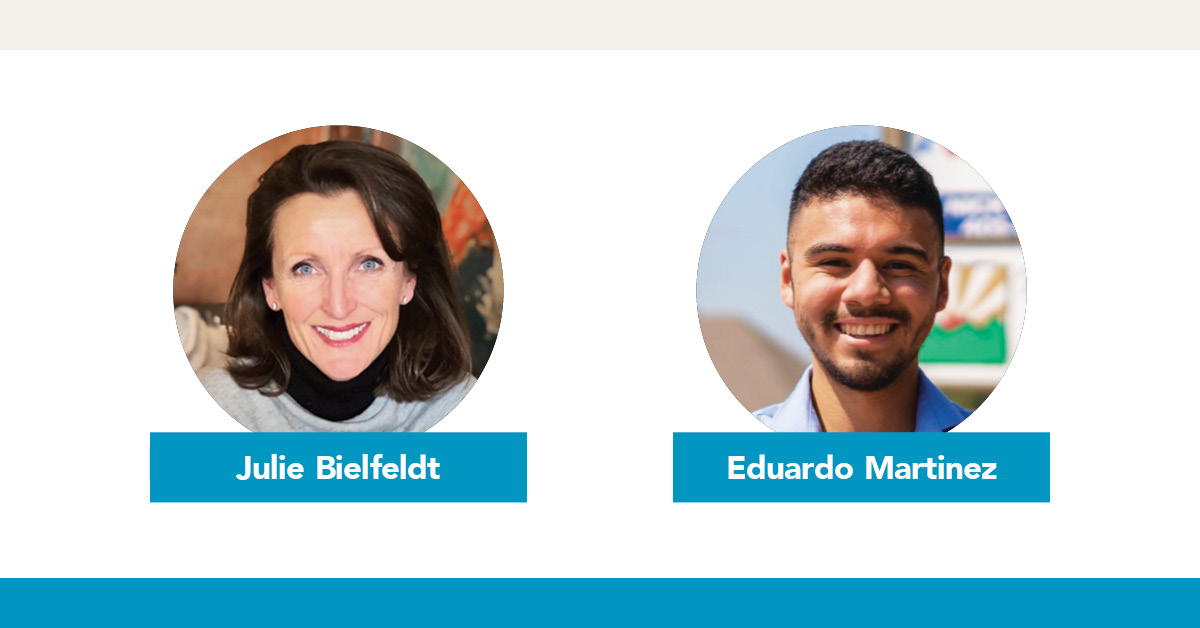
Activating the buyer’s imagination
The real estate industry has come a long way since the days of old MLS books and print advertisements that were brief, to the point and about three lines long.
The web has created the opportunity to go beyond the basics and really show buyers what it would be like to own a specific property, but many agents still stick to the old fundamentals.
Agents who skip the storytelling are doing themselves a disservice, says Eduardo Martinez, marketing director at Rose Rock Realty in Moore, Okla. For example, this verbiage may be commonly seen on real estate listings:
“Single story with garage conversion offering two living areas, three bedrooms, one bath plus an island kitchen. Work is required to make this home move-in ready but could be worth the effort. Whether you decide to customize this home for yourself or rent it out, this house could be a great option.”
Martinez says his company prefers a more interesting storyline, like this one (taken from a recent listing description):
“Arriving at the home, you are greeted with a large porch to enjoy your morning. Once inside, you will find a large living area centered around the fireplace with plenty of natural light. Past the living room is the kitchen with granite counters, tile floor, oversized pantry, open dining room, and more. Next is the second living area with wood laminate floors and natural light. From there you enter the east-facing backyard with plenty of space for activities and a storage shed. From the living room, you enter the master suite with bathroom which has a separate standing shower, soaking tub, water closet, double vanity, and entrance to the wrap-around closet connecting to the laundry room. Leaving the laundry, you enter the main hallway to find two guest bedrooms, an office and a full bath. Don’t let this opportunity pass you by!”
Martinez says his company gets more showing appointments on homes that include more detailed descriptions. That’s because phrases such as “look out the window for a beautiful view of the nearby park” can do more to raise a buyer’s curiosity.
“Storytelling is a must when it comes to listing a home because you want potential buyers to imagine themselves living in that home,” Martinez says. “This is your first and best chance to activate a potential buyer’s imagination.”

Giving them what they want
When Jason Rowland, broker at Rowland Group at Compass in Chicago, starts advertising a new listing, he puts on his movie producer’s hat and thinks first about how he can promote it off-market.
“It’s like a new release for a movie,” he says, “in that you want to put out a trailer first to stir up some initial interest.”
Tapping into a network of top agents in the city, Rowland uses a “coming soon” approach to pique interest.
“They know they’re not going to see it on Zillow or Realtor.com, and we use our social platforms, corporate website, and personal websites to strike some early interest,” says Rowland, who uses 3D imaging, videos, photos and market statistics to create a public-facing storyline when the property hits the market.
To help prospects envision themselves in the home – a point that’s become more important than ever in light of COVID-19 and social distancing – Rowland embeds information about the nearest coffee shops, grocery stories, pharmacies, eateries, recreational parks and the L-train into his listing description.
“In my marketing materials, I always include a map that has the home as the focal point and the starred locations for each of these lifestyle options,” says Rowland, who uses a similar “storytelling” approach with the rental properties that his firm manages, including the three-unit historic home on Janssen Street that was literally the first home on the block.
“There’s a photo hanging in the lobby from the early 1900s that shows the home when it was the only building on the whole street,” says Rowland. “I point to it every time I’m showing the home, knowing that people are always interested in dwellings that have rich historical backgrounds.”
Find what stands out
Maura Neill, founder at Buy Sell Live Atlanta at RE/MAX Around Atlanta Realty in Alpharetta, Ga., sees storytelling as more crucial than ever now that social distancing is keeping people inside and separated from one another.
She uses a case-by-case approach with her own listings, some of which are historic. Others come with original building blueprints (which she’s incorporated into her marketing materials), and others still include the property’s original avocado green appliances from the 1970s.
To eke the most interesting details out of her sellers, Neill hands out a questionnaire during the listing appointment.
Key questions include: What’s your favorite room in the house and why? What are some of the best memories from living in this home? Why is this home special to you?
“When someone puts love and care into their home,” says Neill, “those are often the same things that are going to stand out for the next buyer.”
Whitney Walker, a real estate professional with Kale Realty in Chicago, uses a similar approach, asking current owners what attracted them to the property in the first place and what they’ll miss the most once they’ve moved out.
The answers to these and other questions help her paint a more accurate, detailed picture for potential buyers who want to view the property online before taking the time to get out and tour in person.
“In real estate school, we learned that no two parcels of land are the same, even if the architect drew them identically,” says Walker, “There’s something unique about each property and a good story will describe in detail what sets it apart from the next home.”
The details go over particularly well with the digital-savvy Millennial generation, she says, which doesn’t like to waste time on unsuitable options.
“Buyers read and watch everything online these days, so we have the perfect opportunity to highlight and showcase the features that set the property apart from other homes in the neighborhood,” says Walker. “That way, buyers know exactly what they’re getting into before even walking in.”

5 tips for telling a great story
- Know what your audience is looking for.
What do potential buyers want to know about the home that they might buy? What details, information or scenarios can you paint for them with words or images that will help them feel like they’re already living there? - Ask sellers for their stories.
Use seller questionnaires, live interviews or just casual conversations to find out what they loved about the house when they bought/built it, and what they’ll miss most about it. - Show a day in the life.
For one listing, Neill created a video showcasing the best parts of the home, from enjoying the home’s pool to cooking dinner in the kitchen and ending the night watching a movie in the home theater room. - Use different mediums.
Start with your property descriptions, but don’t stop there. For the biggest impact, take your storytelling into your videos, virtual tours and other marketing materials. - Create a personalized virtual tour.
In this age of social distancing and limited movement, consider offering a personalized virtual tour so buyers can tune in while you virtually walk them through the home and show off its best features.

